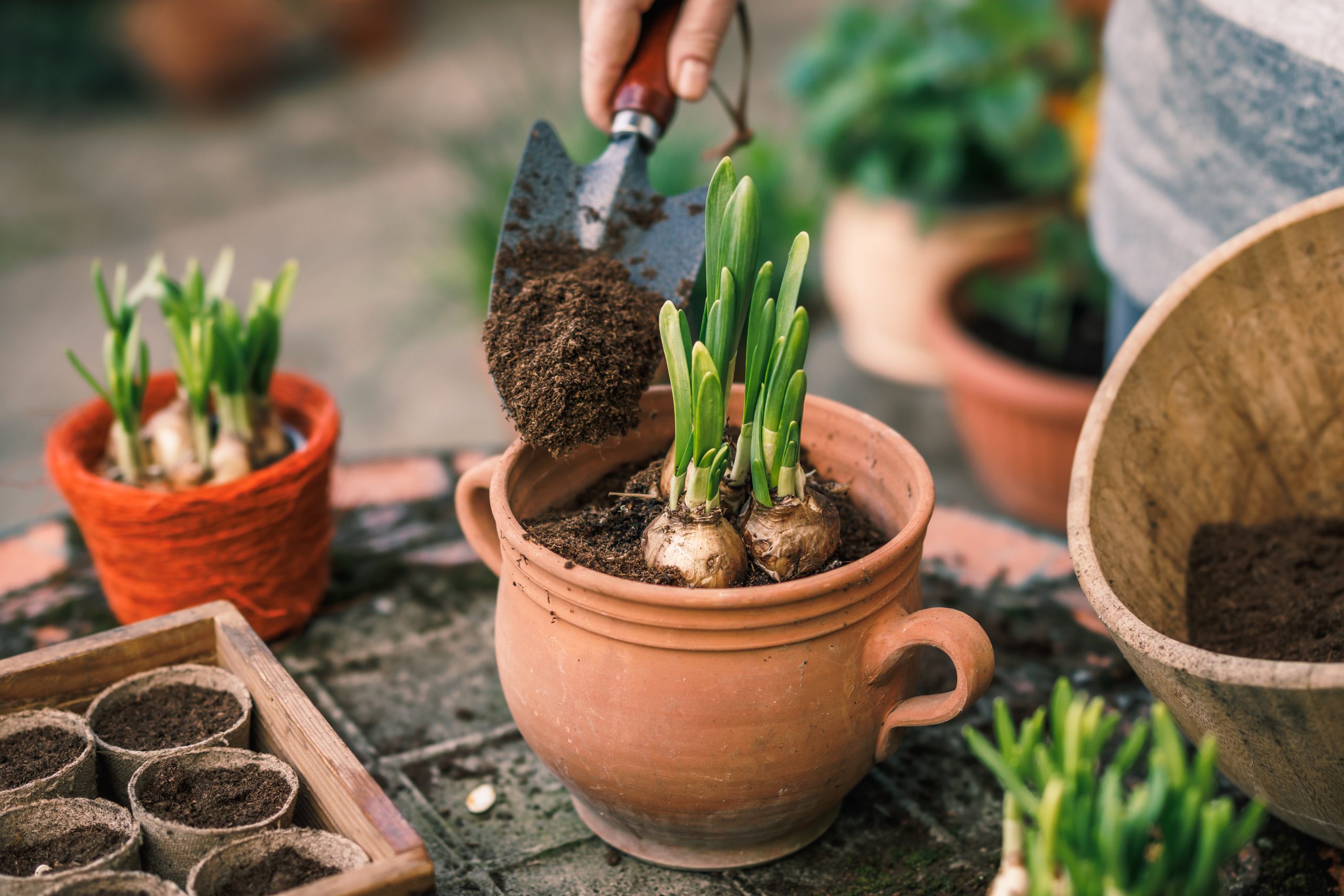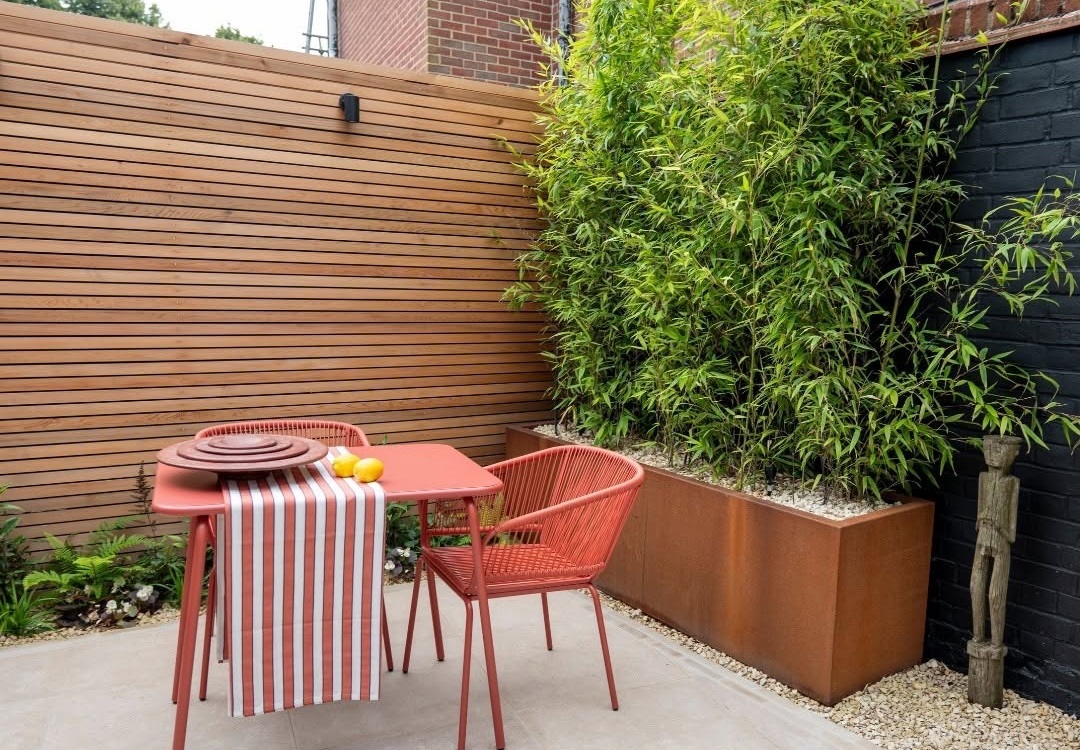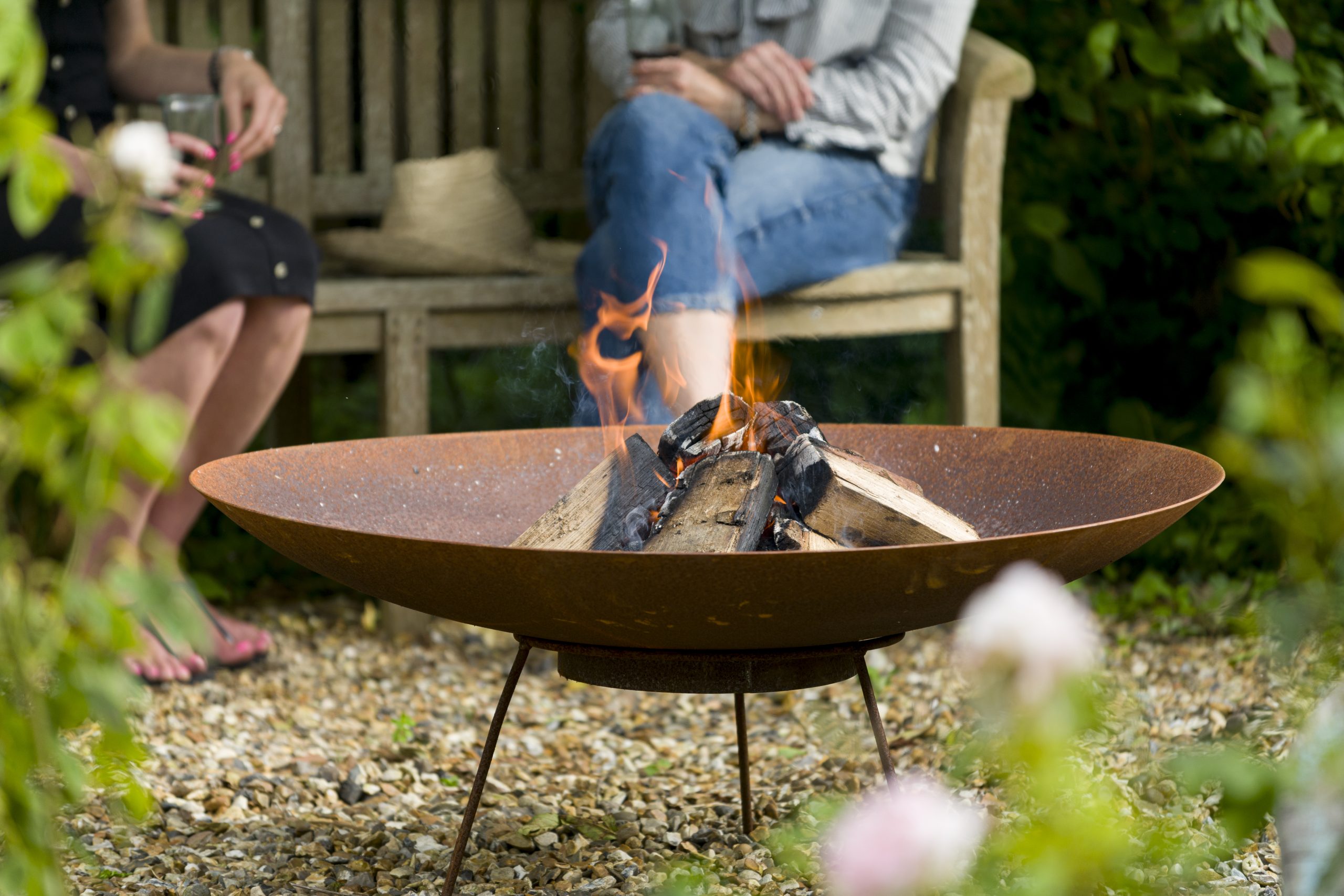How to Build a Raised Bed with Oak Sleepers (and What to Plant)
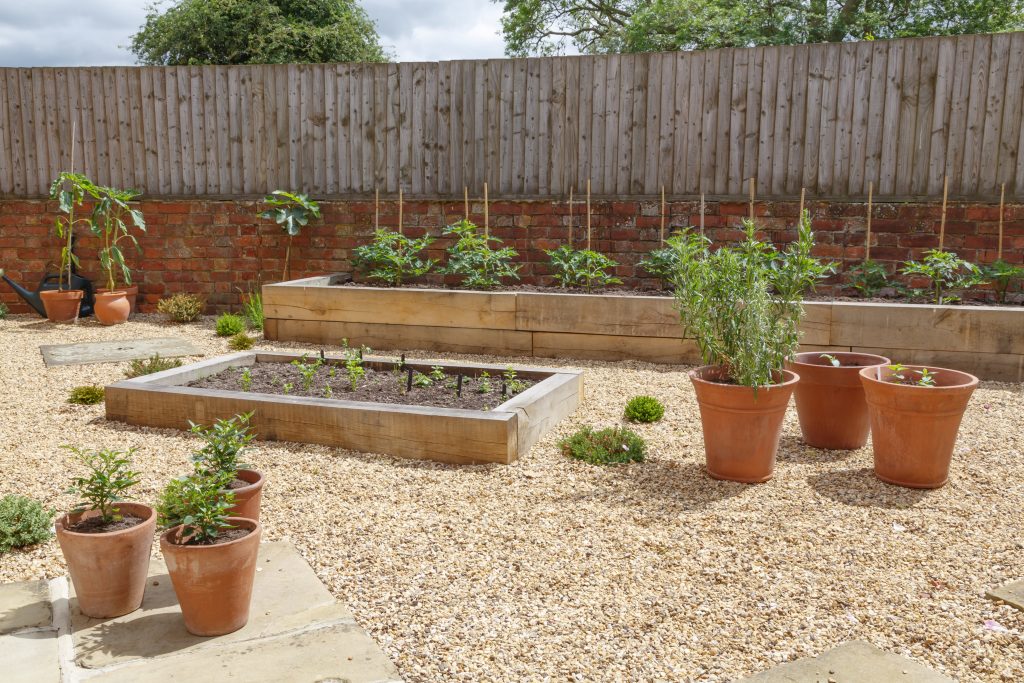
Raised beds have become a firm favourite in UK gardens. They offer better drainage, fewer weeds, and improved control over soil quality. They're also easier to access, making planting and harvesting less of a strain. Whether you're growing vegetables, herbs or flowers, raised beds make gardening more manageable, especially in smaller or awkwardly shaped spaces.
Planning Your Raised Bed
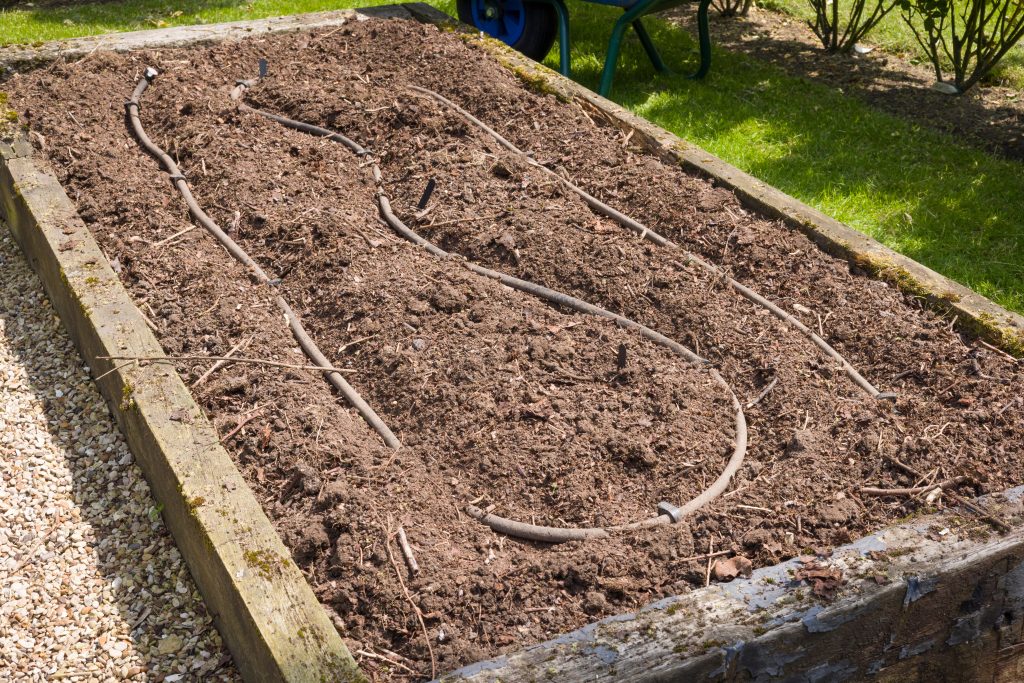
Before you start building, it’s worth taking a little time to plan your raised bed properly.
The Site
Most vegetables thrive in full sun, so aim for a spot that gets at least 6 hours of direct light each day. Avoid shaded corners or areas prone to waterlogging. Think about long-term maintenance too – placing beds close to a water source will make life much easier during dry spells.
The Size
A popular size for raised beds is 1.2m wide by 2.4m long – wide enough to plant plenty, but still easy to reach across without stepping in. For depth, 200–300mm is usually sufficient, though you can stack oak sleepers for a taller structure if needed. This is especially useful for root veg or for making access easier.
The Shape
Shape-wise, rectangular beds are common, but square or L-shaped designs can work well in tighter or more decorative spaces. If you’re building several beds, allow at least 45cm between them to make room for a wheelbarrow or kneeling pad.
Why Oak Sleepers Work Best
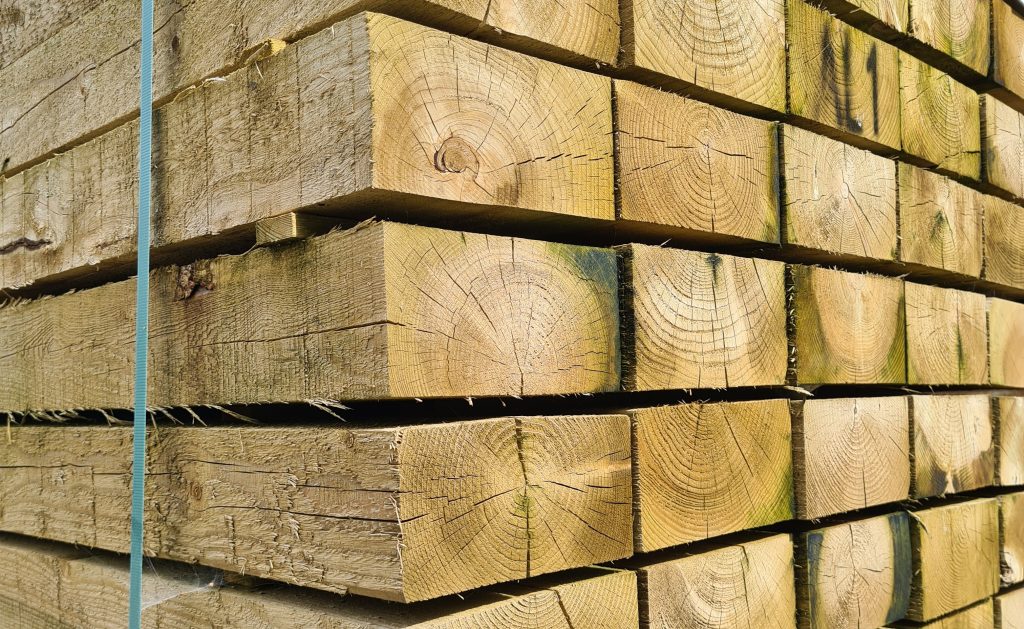
Dense and long-lasting, oak weathers beautifully over time, developing a silvered finish that blends into the garden landscape. And, because they’re untreated, oak sleepers are a safe option for growing edibles – there’s no risk of chemicals leaching into your soil.
Our garden-grade oak sleepers, for example, arrive rough-cut and fresh sawn, often featuring bark, waney edges, or the occasional split. These imperfections are part of their charm and won’t affect performance. Each sleeper typically has at least one good face and edge, ideal for building a solid, attractive structure.
Building Your Raised Bed with Oak Sleepers
Oak sleepers are heavy, solid, and easy to work with once you know the process. Here’s how to get it done.
Tools & Materials Checklist
- Oak sleepers (garden grade)
- Steel sleeper pins or timber screws
- Power drill & long wood bits
- Handsaw or circular saw
- Spirit level
- Spade or mattock
- Weed membrane
- Gravel (optional)
- Rubber mallet
- Work gloves
Step 1: Mark and Clear the Area
Start by choosing your site and marking out the bed's footprint with string or spray paint. Remove any turf or weeds and level the ground as best you can.
Step 2: Lay Out the Base Sleepers
Position your first layer of sleepers in place to form a rectangle or square. Ensure the best faces are facing outward. Adjust as needed for a tight fit.
Step 3: Join Corners
Use steel sleeper pins or long timber screws to fix corners together. Drill pilot holes first to avoid splitting. For added strength, drive a pin vertically through overlapping sleepers at the joints.
Step 4: Stack Layers (Optional)
For deeper beds, repeat the process to stack another layer on top. Offset the joints for stability and fix each level to the one below using pins or screws.
Step 5: Check for Level and Secure
Use a spirit level at each stage to keep everything square and even. Adjust where needed before fixing the final layers.
Bonus Step
Line the inside with weed membrane to reduce soil contact and extend the life of the wood. For extra drainage, add a layer of gravel at the base before filling with compost and soil.
What to Plant in Your Raised Bed (by Season)
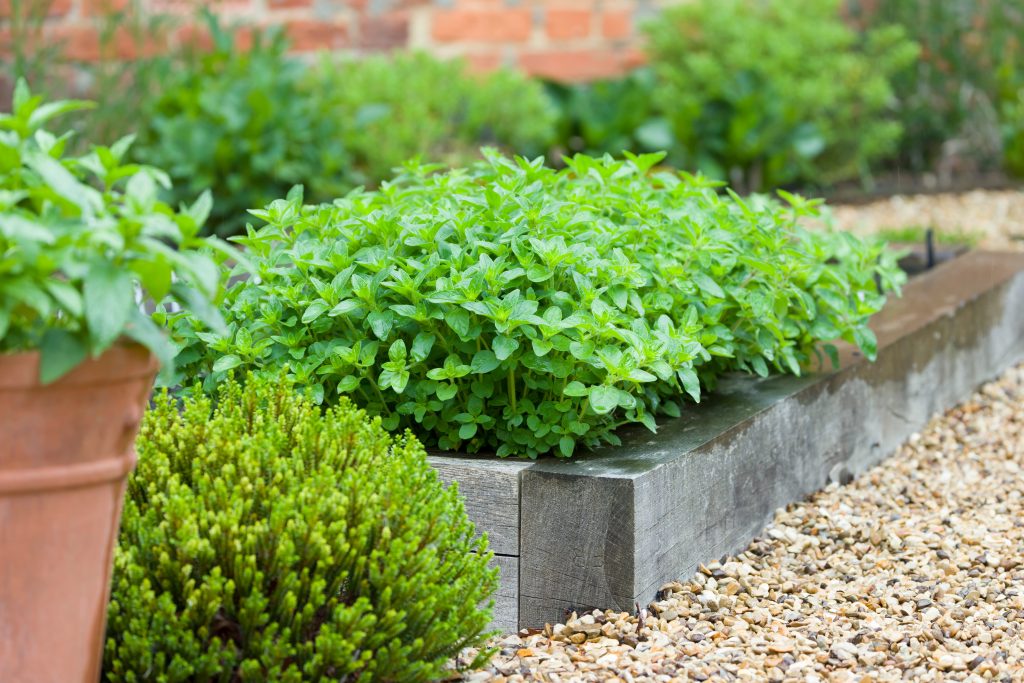
One of the joys of a raised bed is being able to grow fresh produce year-round with a bit of planning. Here’s what to consider throughout the seasons:
Spring & Summer
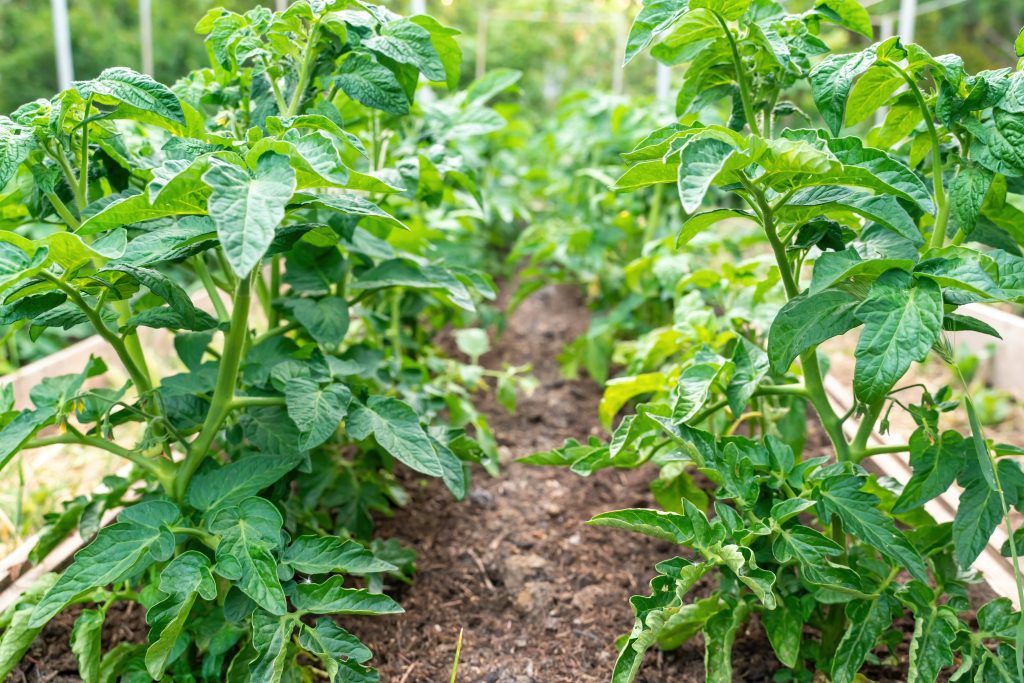
Early in the year, sow fast-growing crops like lettuce, radishes, carrots, and beetroot. Strawberries and herbs such as basil, chives, and parsley also thrive in warmer months. These beds warm up quickly, giving seedlings a head start even in spring’s cooler days.
Autumn & Winter
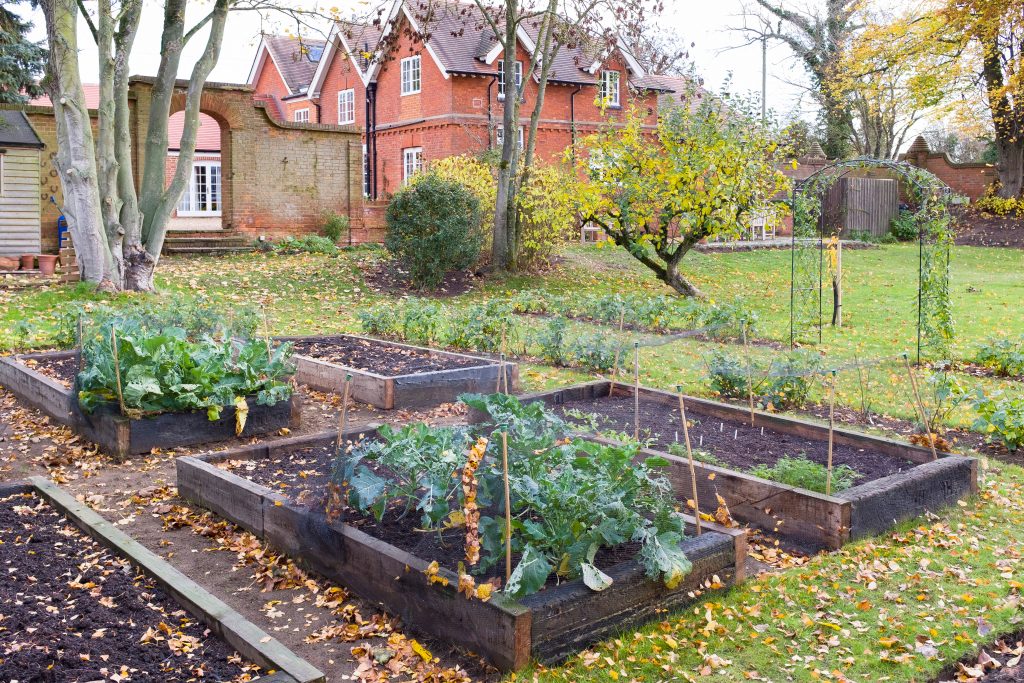
Come autumn, switch to hardier crops like kale, spinach, garlic, and broad beans. These can cope with cooler temperatures and, in some cases, overwinter and produce early the following spring.
Raised Bed Planting Strategies

Practice succession planting by sowing little and often – this keeps the bed productive and avoids gluts. For example, replant carrots or salad leaves every few weeks.
Use companion planting to your advantage, too. Marigolds help repel aphids, while chives can deter carrot root fly. Combining plants that work well together can improve yields and reduce pests naturally.
Planting For Beginners
If you’re new to growing, stick with reliable performers like lettuce, courgettes, spinach, and spring onions. They’re forgiving, quick to grow, and great for building confidence.
With a raised bed, you’re in control of the soil and the schedule – making it easier to grow what you love and keep it thriving.
Maintenance Tips for Oak Sleeper Beds
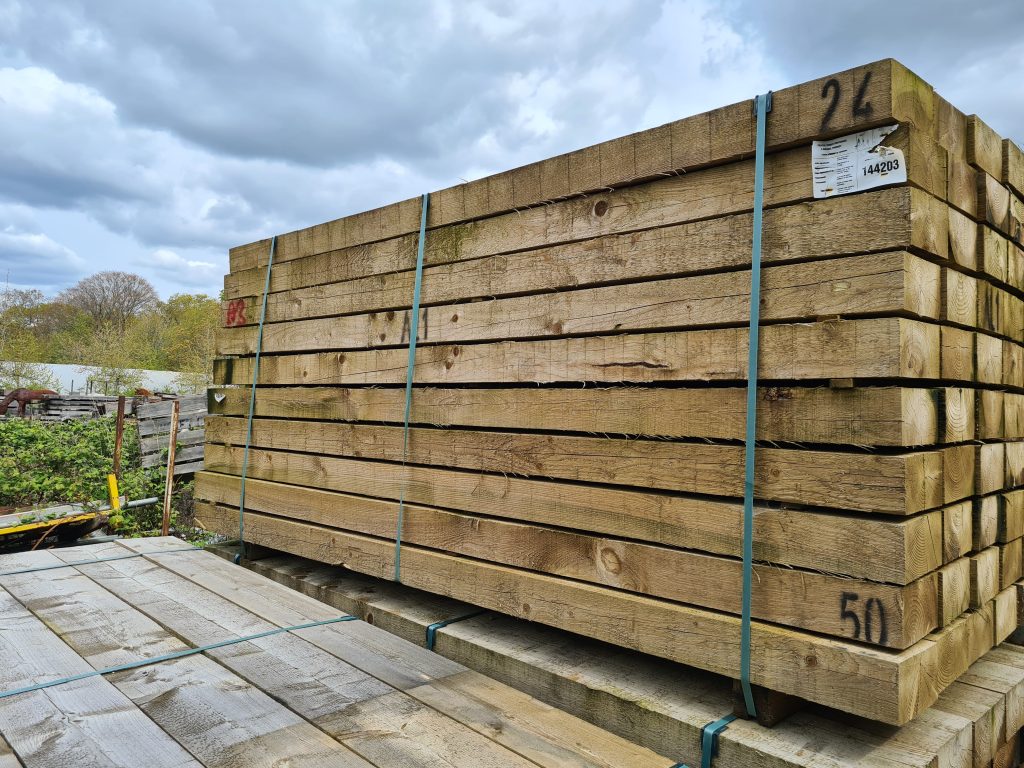
Oak sleepers are incredibly durable, but they will naturally weather over time. Small splits and surface cracks are to be expected – they add character and won’t affect strength. If you prefer a richer finish, you can treat the timber with exterior wood oil, though many gardeners let the oak silver down naturally for a more rustic look.
Each spring, check your bed for any movement or loosening at the joints, especially if it’s had a harsh winter. Re-secure any shifting corners as needed.
Keeping an Eye on Your Soil Too

To maintain healthy soil, remove spent plants, fork over the compost, and add fresh organic matter between seasons. A little upkeep goes a long way in keeping your raised bed productive and looking its best.
Get Your Garden Growing
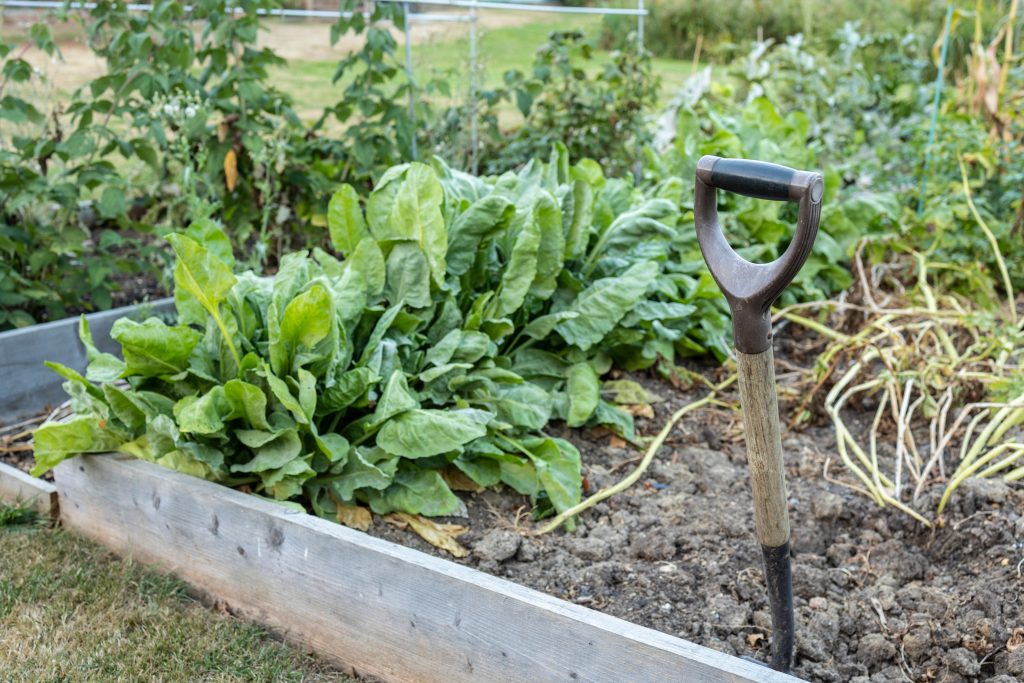
Raised beds built with oak sleepers are a practical and long-lasting addition to your garden. Whether you’re growing veg, herbs, or flowers, they offer the structure and style you need all year round.
Ready to get started? Browse our range of oak sleepers or get in touch if you have any questions – we’re always happy to help with your plans.

